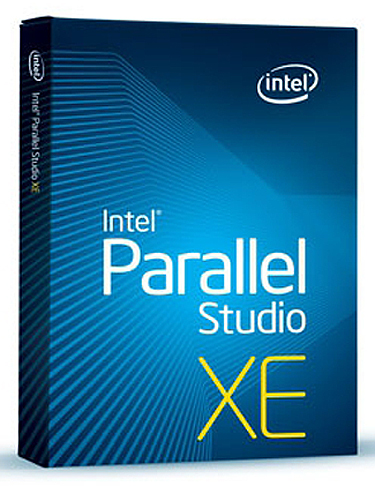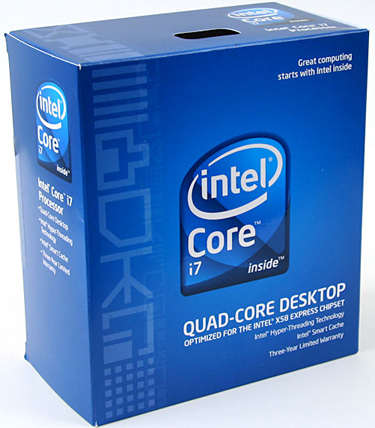Sponsored by Intel Parallel Studio
Sponsored Article: Hyper Performance Computing with Intel Parallel Studio 2011 XE
Software to Make Intel CPUs Scream
Try Parallel Studio XE, or buy or renew.
Believe it or not, Intel delivered the world’s first dual-core desktop processor only 5 years ago in 2005. That was the Pentium Processor Extreme Edition 840. At the time, Hyper-Threading already had been available for three years, yet it was still common for people to wonder why the world needed more than one core. After all, Intel’s original list of consumer applications with multi-threaded support featured perhaps a dozen names, and half of them started with “Adobe.”
The category that everybody wanted to go multi-threaded—games—was maddeningly slow to join the multi-threaded party. At the same time, scientists knew that their research could be immensely aided by parallel computing if only their software would take better advantage of their hardware’s potential. Intel knew that if its dual-core products (and others destined to follow) were ever going to gain mass market traction, the company would have to provide developers with the necessary tools to update their software.
Today’s Core i7 chips now enable up to 12 parallel threads per processor, and there’s no end in sight to thread scaling, either at the low-end, as with Atom CPUs, or the Xeon-based platforms used in high performance computing (HPC) arenas. The need exists for optimizing parallelism in every market niche. Many tools exist for this purpose, and some are even free, but for many software developers time is money. They need the best, most efficient tools available in order to accelerate project completion as well as minimize the bugs that can consume support and patch time after release.
Quite literally, the progress of modern computing depends on this coding software, because without it no one will be able to make proper use of the many advances happening in today’s CPU hardware. If you’re a developer, or are even thinking about becoming one, tune in and take a peek at Intel’s latest parallel coding suite, Intel Parallel Studio XE 2011.
Get Tom's Hardware's best news and in-depth reviews, straight to your inbox.
-
Is this thing only beneficial for Intel, or are the AMD CPU's going to get a free ride out of this as well? And also, if Intel is so much interested in improving multi-core performance in games, wouldn't it have helped if they'd let Nvidia or AMD(ATI) in on the development of this software? Just wondering. Cheers.Reply

